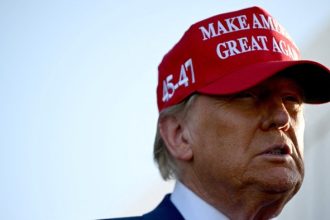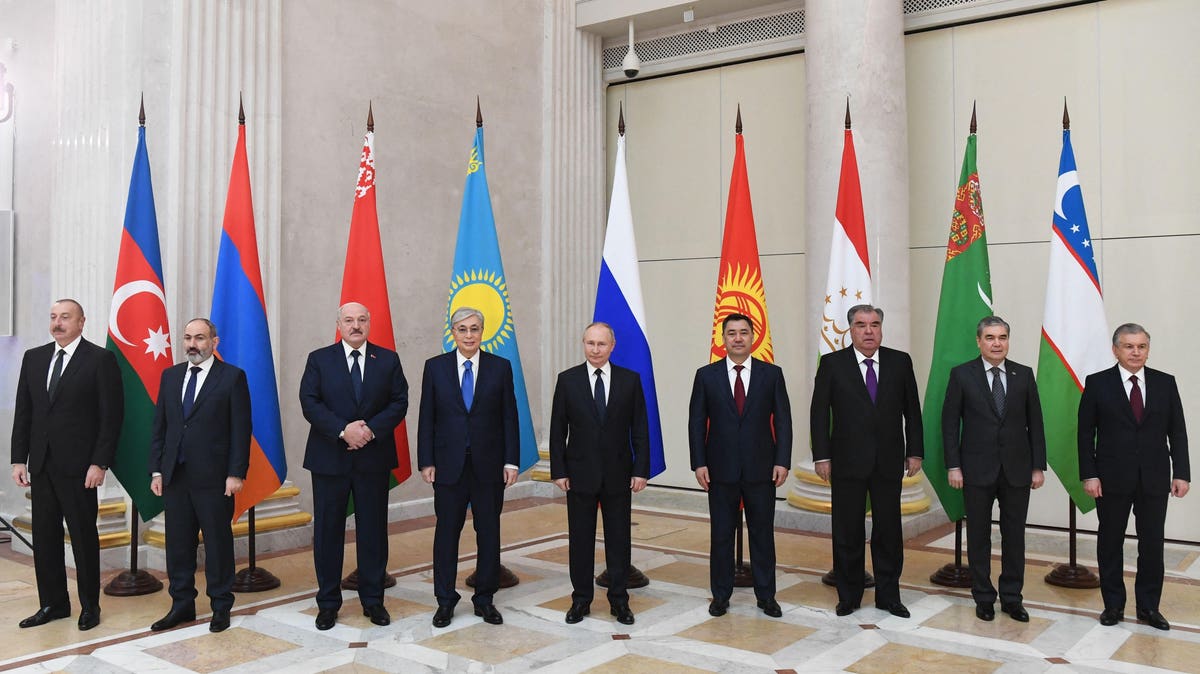Putin’s chef and international villain par excellence, Yevgeny Prigozhin’s half-baked coup against Russia’s Vladimir Putin highlighted just how toxic Russia has become as a global business partner. While Prigozhin ostensibly failed and his power base is being purged, his failed coup revealed the fragility of the Russian state.
This will not only stir up Russian politics, and profoundly mar Moscow’s diplomacy, it will likely affect international energy flows. Now, Russia’s neighbors, adversaries, and clients alike, eye Moscow’s bout of civil disorder with a mix of dread and opportunism. As the Grand Emperor said in The Dune, “The spice must flow.”
For decades since the collapse of the Soviet Union, Russia used its neighbors’ energy dependence and hemispheric span to coerce countries into adopting and pursuing friendly policies. Germany’s ill-conceived, cheap gas-fueled Ostpolitik that led to Berlin’s impotence in Eastern Europe is Exhibit 1.
From pipeline construction to preferential oil and gas purchases, the Kremlin put its thumb on the scale. Russia’s relative size, export volumes, and status as a transit country gave it significant leverage. “Special relations” with top European politicians, sometimes based on corruption or coercion, helped. Russia’s heavy-handed approach shaped the energy policies of neighboring states, especially in Central Asia and the Caucasus, just as much, if not more, than market forces. For these countries and the world’s energy consumers, Russia’s current condition prompts a massive policy reassessment, reorientation, and innovation.
Enter the Middle Corridor
In late June, Azerbaijan and Kazakhstan signed a series of agreements (with Georgia signing another series of complimentary agreements shortly afterward), strengthening their cooperation, especially in the energy sector, and helping to develop strategic alternatives to energy routes via Russia. This degree of cooperation between energy producers on both shores of the Caspian, and among Russia’s southern neighbors, is unprecedented. The shared strategic vision is to greatly accelerate their cooperation by increasing oil and other natural resource and raw materials exports from Kazakhstan and the rest of Central Asia across the Caspian Sea to Azerbaijan and then onwards via Georgia and Turkey, to the rest of the world.
In one sense, this “Middle Corridor” – the route which traverses the Caspian avoiding the two heavily sanctioned states – Russia and Iran – already exists, as energy and goods do flow between Azerbaijan and Kazakhstan. However, this is a trickle compared to the much larger northern route taken by the Caspian Pipeline Consortium to Novorossiysk, and other pipelines and railroads that run via Russia, like Atyrau-Samara. This gives Russia incredible leverage, which it utilized in 2022 to punish its neighbor Kazakhstan as its President Kassym-Jomart Tokayev publicly refused to recognize Russia’s annexation of Ukrainian territory. Russia’s truculent approach provided Caspian actors all the more incentive to develop important transportation alternatives.
This “Middle Corridor” has been an unrealized plan since the 1990s. It was not implemented then due to financial considerations and a desire to integrate post-Soviet Russia into the international community. The challenge for Kazakhstan and Azerbaijan was that they had to rally extensive foreign investment from a frequently disinterested West to rapidly construct new infrastructure and integrate a wide variety of sectors across heavily regulated economies, all while their economic livelihoods were essentially held hostage by their considerably more powerful neighbor.
The recent strategic cooperation pacts rise to this challenge. Azerbaijan and Kazakhstan signed agreements on railroad integration, port construction, energy policy coordination, knowledge sharing, reciprocal technical training, financing, and cultural exchanges. The timing is right, and it makes a lot of sense as the two countries are massive energy exporters. Given Russia’s precarious situation and isolation, there has never been a better time to act.Using a combination of American, European, and Chinese capital, Astana and Baku will rapidly attract foreign investment and companies to build back better infrastructure alternatives for the 21st century.
An expanded Middle Corridor has a host of geoeconomic and geopolitical implications for the world. Economically, the Middle Corridor would unlock massive energy and raw material flows from underutilized Eurasian suppliers eager for Western investment, technology, managerial know-how, markets, and cooperation. This would increase supply, stabilize and lower commodity prices, and ultimately advance the green energy transition through cheap critical minerals, rare earth elements, abundant Caspian natural gas, and uranium.
Already companies betting on the Middle Corridor are pouncing, and local economies are responding positively. The World Bank has observed considerable economic gains in the last few months as Kazakhstan’s volume of exports and revenue climb. Last month, Italian energy giant ENI met with President Tokayev and the national energy company KazMunayGas (KMG) to increase cooperation. EU officials met with Kazakh officials to expand critical mineral imports.
Azerbaijan, too, has seen an increase in FDI after it promised to double its gas supplied to Europe by 2027 when its state-owned oil company SOCAR announced its expanded cooperation with many foreign investors and reported that its 2022 profits were surging 450 percent. The Azeri-Kazakh agreements will likely lead to further export expansion and higher profits for Western and local companies.
This spirit of regional cooperation and local integration, vital to the Middle Corridor, has other manifestations. The C5+1 Diplomatic Platform, the forum of all five Central Asian Republics and the United States has existed since 2015. The C5+1 has succeeded in advancing regional integration and increasing Central Asia’s ties with the West and the wider world. In doing so, it has aimed to prevent predatory actors from dividing and conquering the region, facilitating Western investment and economic growth and ultimately enabling the Middle Corridor.
However, a U.S. President never took part in a C5+1 meeting, whereas Presidents Xi and Putin regularly visit the region, and the Central Asian heads of state conduct summits with the Russian and Chinese leaders. Most notably in May 2023 in Xi’an, China agreed to increase trade with the region to $100 billion dollars by 2030, an increase of 30%, in addition to helping with billions in direct infrastructure investments.
As the 2023 UNGA begins to organize and debate issues directly relevant to the C5+1 and Middle Corridor, especially on energy flows and sustainable development, a C5+1 meeting with President Joe Biden would be vital to promote the Middle Corridor
Geopolitically, the Middle Corridor would reshape the balance of international power in Eurasia. A direct and economically viable overland trade route between China and Europe will diminish the political risk from Russia, from the perennially problematic Afghanistan, and the nuclear aspirant, terror-supporting Iran. It will encourage the United States to invest in a long-term strategic political commitment to Central Asia. This should be be the focus of the C5+1 summit with President Joe Biden in New York during the UN General Assembly in September. The Kazakhstan-Azerbaijan-Georgia strategic agreements are the strategic opening moves in on the Eurasian chessboard.
Read the full article here





